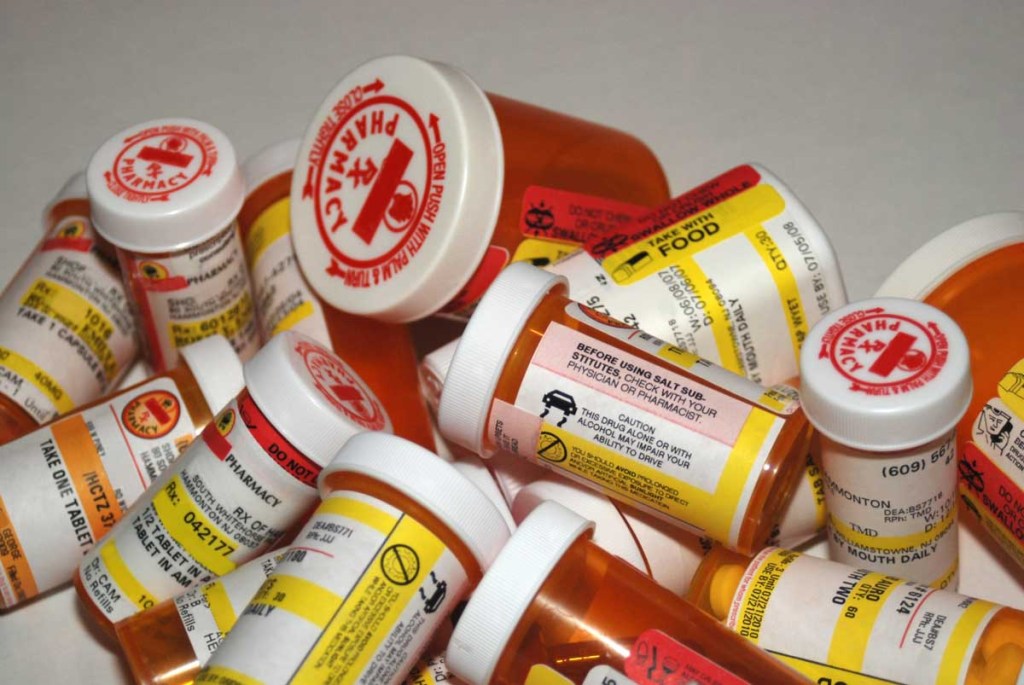Louisville officials receive 52 overdose calls in 32 hours as country’s addiction epidemic explodes
Published 1:15 pm Tuesday, February 14, 2017

- Pills
The country’s addiction epidemic is spiking in the Bluegrass State.
Between midnight Thursday and 8 a.m. Friday, Louisville Metro Emergency Services received 52 overdose calls. One particularly harrowing call involved a pickup rear-ending another car after both the truck’s driver and passenger had overdosed on opiates. The passenger was pronounced dead on the scene, while the driver was administered Narcan, an opioid overdose antidote.
“When we say overdoses, we usually mean heroin, but that included alcohol, prescription medications, etcetera,” Emergency Services spokesman Mitchell Burmeister, told the Courier-Journal. Of these 52 patients, 34 were brought to a hospital.
This was a notable spike, but Louisville has slowly become entangled in the countrywide addiction epidemic – one that includes not only opioid and heroin use but also alcohol.
As The Washington Post’s Joel Achenbach and Dan Keating reported:
—
Multiple factors are converging to produce this corrosion of American health. Foremost is an epidemic of opioid and heroin overdoses that has been particularly devastating in working-class and rural communities.
Another killer is related to heavy drinking. Deaths of rural white women in their early 50s from cirrhosis of the liver have doubled since the end of the 20th century, The Post found.
—
In January alone, Louisville saw 695 overdoses from these substances, a 33 percent increase from last year, according to the Courier-Journal.
Last week’s spike, though, seemed to be concentrated heavily on heroin, which Burmeister said has become increasingly available in the county. Robert Couch, medical director for Emergency Services, said he and his team had to use naloxone to resuscitate several of these overdose cases.
It is too early to point to a specific cause for this spike, but Van Ingram, executive director of the Kentucky Office of Drug Control Policy, said, “What generally is going on when you see this is someone has introduced a batch of fentanyl in the illicit drug supply that hasn’t been cut sufficiently. I’m afraid it’s a reality we’re going to see repeated far too often.”
Fentanyl killed Prince, which earned the drug a certain household recognition. But it had long been problematic, causing hundreds of overdose deaths in the past few years. From 2014 to 2015, death rates from synthetic opioids increased 72.2 percent, according to the Centers for Disease Control and Prevention.
It’s an incredibly powerful painkiller, originally intended as an alternative to morphine. Though generally given to cancer patients or people undergoing surgery, it has spread into wider drug culture. The issue is how easily it can kill. As The Post’s Sarah Kaplan wrote, “The drug is so powerful that prescriptions are written out in microgram doses; a tablet the size of an average aspirin would easily kill you.”
Opioids are, of course, also deeply addictive, leading some addicts to go to any length to obtain them – such as intentionally wounding their pets in hopes that a vet might write a prescription.
The fentanyl crisis, in particular, has grown so dire in Canada that “some funeral directors are supplying their premises with naloxone kits to reverse possible overdoses among grieving loved ones or the staff who handle the bodies of opioid overdose victims,” according to The Post’s Samantha Schmidt.
None of this is lost on Louisville Mayor Greg Fischer, who discussed the city’s growing addiction problem in his Feb. 2 State of the City address. There, he announced the police department will be adding 150 officers and two new detective squads specifically dedicated to crimes involving narcotics.
“We’re collaborating with the DEA on overdose death investigations to get heroin dealers off our streets, and forming a task force with other agencies, including the FBI, the DEA, ATF, the U.S. attorney, Kentucky State Police and the State Attorney General’s Office, to pursue, arrest and prosecute our most violent offenders,” he said.
These overdoes spikes have popped up elsewhere in 2017. Ohio’s Montgomery County experienced 145 overdose-related deaths in January, which accounted for more than 60 percent of the autopsies performed by the coroner’s office, which was running out of room for new bodies, CNN reported. During the first weekend in February, meanwhile, Ohio’s Cuyahoga County experienced 14 fatal overdoses.





